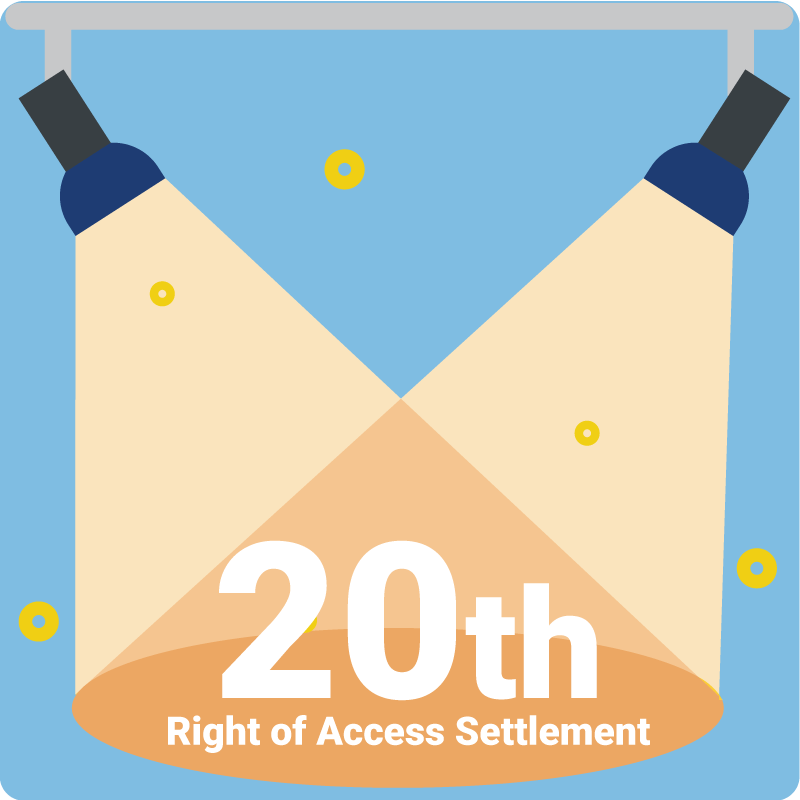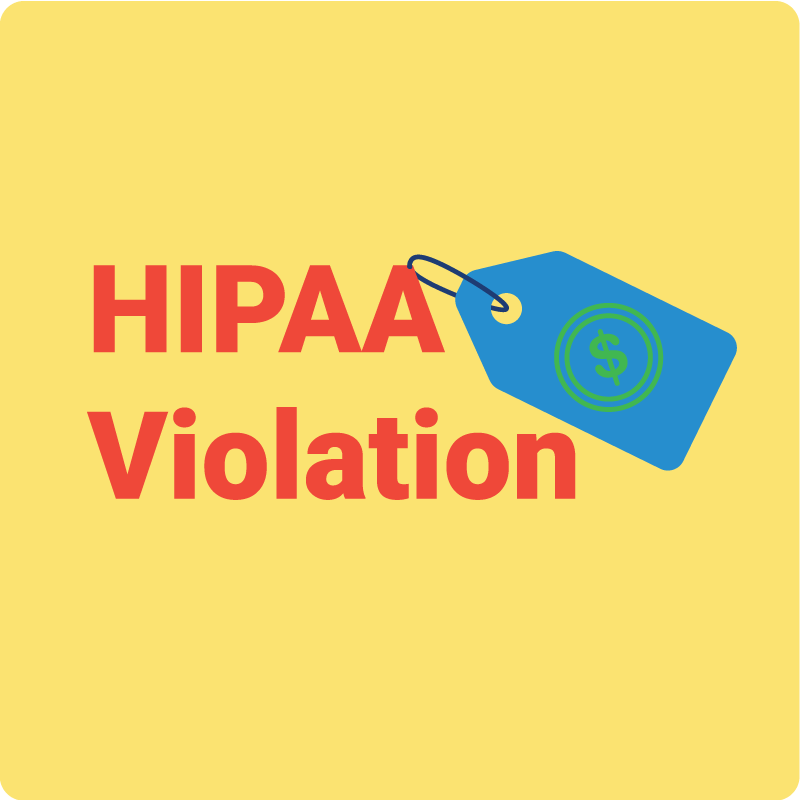September 10, 2021 There might not be such thing as time travel but with the latest HIPAA settlement announcement, it’s looking like the Office for Civil Rights (OCR) has traveled back to their own version of the Roaring ‘20s. Two years, and now twenty resolutions later, the government initiative to support individuals’ right to timely record access has driven its own little economic boom – with the 20th financial penalty bringing the right of access running total to $1,173,500. Children’s Hospital & Medical Center (CHMC) became the most recent healthcare organization to settle with the OCR, with a fine of $80,000 and requirement to adopt a corrective action plan that involves one year of government monitoring. But while the Nebraska-based pediatric provider probably isn’t too jazzed about the repercussions, the penalty comes as a result of an equally unhappy individual who was not provided the proper access that HIPAA strives to ensure. The issue was brought to the OCR’s attention back in May of 2020 after a parent filed a complaint alleging that CHMC failed to provide full access to her late daughter’s medical records. The complaint stated that while the organization fulfilled a portion of the request, CHMC failed to provide all of the requested records despite the parent’s several follow-up requests. The delay was in part due to the remainder of the requested records being needed to obtain from a different CHMC division but it wasn’t until after the OCR’s investigation that full access was provided. In addition to the resolution agreement, Acting OCR Director, Robinsue Frohboese released in a statement, “Generally, HIPAA requires covered entities to give parents timely access to their minor children’s medical records, when the parent is the child’s personal representative. OCR’s Right of Access Initiative supports patients’ and personal representatives’ fundamental right to their health information and underscores the importance of all covered entities’ compliance with this essential right.” While this settlement shares plenty of similarities with the 19 other examples of noncompliance that we have seen since the enforcement initiative started, it’s important to note the fact that this $80,000 fine was the result of just one patient complaint. And though the Roaring ’20s might’ve been a relatively short-lived era, proposed updates to the HIPAA Privacy Rule and expansions to the OCR budget are enough to predict that the right of access enforcement initiative isn’t going anywhere, anytime soon. So with the latest settlement serving as the perfect example of just how much damage a single HIPAA complaint can have on a healthcare organization – ensuring you’re fulfilling all medical record requests in a timely and HIPAA-compliant manner is essential to avoid becoming lucky settlement number 21.
The Cost of a HIPAA Violation
September 3, 2021 We’ve all seen enough news headlines to know that the going rate for a HIPAA violation isn’t cheap. This past year has tallied up more than a handful of fines with numbers that might not have Jeff Bezos doing a double-take, but certainly have us seeing dollar signs. Not to mention that the first fine of 2021 brought in $5.1 million alone. And although not every HIPAA violation warrants front-page news status, even the minimum fine amount can do some major damage – especially when it’s a small, independent practice footing the bill. So if you’re looking for an exact dollar amount, to date the Office for Civil Rights (OCR) has collected on 101 settlements to the tune of $135,328,482. We all know that a check that size doesn’t just add up without reason but what caused it to accumulate and why so high? Well back when HIPAA law was first introduced in 1996, the hope was to establish a set of standards to protect sensitive health information in the medical industry. But as the later published Privacy and Security Rules provided a laundry list of requirements for covered entities to follow, many failed to fully comply. So in 2006, the government came up with a solution and that’s where the HIPAA Enforcement Rule was born. It was this ruling that essentially started the tab on that billion-dollar bill, granting the OCR the right to hold covered entities and their business associates accountable with fines and other penalties for noncompliance. Now just as the repercussions for speeding are understandably different than they are for a case of highway robbery, HIPAA fines also come with a “prices may vary” label attached. Each penalty is determined based on the extent to which the organization was aware that HIPAA rules were being violated and is broken down into the following four tiers: If you were wondering, that “per incident” statement is the reason why we see those multi-million dollar fines – and what comes with HIPAA’s many different rules is a lot of different ways to break them. But it’s not just the monetary penalties that violators have to worry about. HIPAA settlements are usually a package deal including a corrective action plan that typically involves anywhere from two to three years of OCR monitoring. And if hefty fines and the government breathing down your back aren’t enough to prove just how costly violations can be – in the case that the HHS decides that there was deliberate malicious intent, the Department of Justice can step in and also assign criminal penalties with maximum jail time of 10 years. We know that the mention of hefty fines and possible jail time definitely puts a damper on things, but with every “bad news” there’s typically good to follow. So the good news is there are ways to help avoid these worst-case scenarios, and recently passed legislation like the Safe Harbor Law to protect against incidents like data breaches that aren’t as easily avoidable. But the best protection? Having a full understanding of your organization’s responsibilities and a complete HIPAA compliance program to check all the governments’ boxes. Because after all – with how high the cost of a violation can be, you can’t put a price tag on the peace of mind that comes with being compliant.

